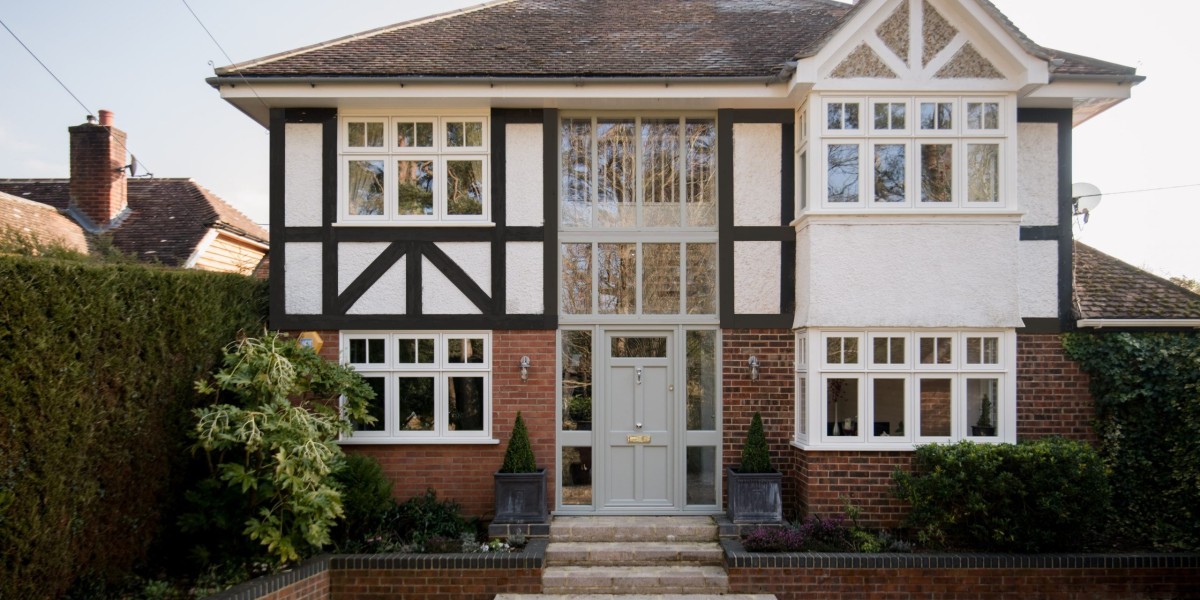Home automation solutions transform houses into responsive environments that improve daily life through better comfort, energy management, and security. A coherent strategy for home automation solutions does not chase every feature; instead, it focuses on interoperability, privacy, and long-term value. This guide provides a practical roadmap for choosing, designing, and implementing solutions that scale with changing needs and technologies.
What “home automation solutions” delivers beyond gadgets
Home automation solutions combine devices, control systems, and automation logic to accomplish outcomes: lights that respond to presence, thermostats that optimize comfort and cost, security systems that verify events before alarming, and media systems that adapt to user preferences. The true value of automation emerges when these elements work together reliably, with user-friendly controls and clear defaults for guests and occupants.
Defining goals: comfort, security, convenience, and efficiency
Start any home automation solutions project by defining priorities. Comfort might emphasize zoned climate control and lighting scenes for different activities. Security priorities would influence choice of cameras, access control, and alarm integration. Efficiency goals lead to energy monitoring, solar integration, and load-shedding strategies. Clear goals guide product selection and ensure the system is judged by meaningful outcomes.
Architectural patterns for reliable systems
Successful home automation solutions follow clear architectural patterns: a robust local controller for latency-sensitive automations, redundant network paths for key devices like cameras and access systems, and modular subsystems for each domain (lighting, climate, security, shading, media). This layered approach isolates failures and ensures that core features continue to perform even when peripheral cloud services are unavailable.
Interoperability and the role of standards
Interoperability sits at the heart of good home automation solutions. The arrival of Matter promises to simplify cross-vendor integrations, but many homes today will use hybrids of Zigbee, Z-Wave, Wi-Fi, and Bluetooth. When selecting devices and controllers, prioritize vendors who publish clear APIs or support common standards to avoid future lock-in. Systems with open integrations allow homeowners to swap devices without reengineering automations.
Security-first design: from provisioning to firmware management
Implementing home automation solutions securely requires strict device provisioning, strong network segmentation, and a plan for firmware management. Treat the IoT network as untrusted; keep devices on separate network segments and restrict their access to essential services only. Maintain an inventory of devices and schedule periodic firmware reviews to patch vulnerabilities quickly.
Convenience features that actually bring daily value
Certain automation features consistently deliver high perceived value: presence-based lighting that follows occupants, bedtime scenes that secure doors and set thermostats, and voice or one-touch controls for common tasks. Home automation solutions that focus on a handful of well-designed flows tend to be more appreciated than those overloaded with rarely used gimmicks.
Energy management as a core part of automation
Energy monitoring is often the first step toward meaningful savings. Home automation solutions that include smart thermostats, intelligent charging for electric vehicles, and coordinated shading can shift loads away from peak periods. Integrations with solar and battery storage enable homeowners to maximize self-consumption and participate in utility demand-response programs when available.
Privacy and data ownership
Privacy considerations should shape choices in home automation solutions. Where possible, prefer devices that offer local control and store logs locally rather than in third-party clouds. When cloud services are essential, verify vendor privacy policies and choose solutions that allow opt-outs for data collection. For families, ensure that access to camera feeds and logs is controlled and auditable.
Installation and commissioning best practices
Home automation solutions require careful commissioning: mapping devices to physical locations, testing automations under realistic conditions, and documenting network credentials and automation rules. Commissioning should include stress testing: simulate power losses, network outages, and guest scenarios to ensure automations behave gracefully.
Maintenance and future upgrades
Design home automation solutions with upgrades in mind. Select modular components, avoid proprietary cabling, and document APIs for custom integrations. Plan for lifecycle events like battery replacements for sensors, firmware revisions, and device retirement. A maintenance plan reduces surprises and keeps systems reliable long-term.
Choosing vendors and platforms
When evaluating vendors for home automation solutions, ask for demonstrated interoperability and real-world references. Prefer platforms that are extensible and supported by large ecosystems of devices. Evaluate the vendor’s support posture and whether they offer managed services for homeowners who prefer a hands-off approach.
ROI and practical budgeting
While some home automation solutions pay back through energy savings or reduced security risk, many are justified by quality-of-life improvements. Prioritize investments that reduce recurring costs or materially improve daily routines. Phased deployments allow homeowners to spread costs and learn which automations add the most value.
Case scenarios: practical examples of value
A family may start with a core set of home automation solutions—smart thermostat, door locks, and lighting—and add shading and energy monitoring later. A senior household might prioritize fall detection, automated lighting, and voice controls. For landlords, remote lock management and energy monitoring reduce operational headaches and lower turnover costs. These scenarios demonstrate how targeted solutions drive meaningful outcomes without unnecessary complexity.
Final recommendations
Start small, pick interoperable components, and document everything. Prioritize privacy and reliability over novelty. Focus automations on repeatable daily tasks and verify security and update processes. Home automation solutions implemented with a systems mindset will deliver durable improvements in comfort, safety, and efficiency.


